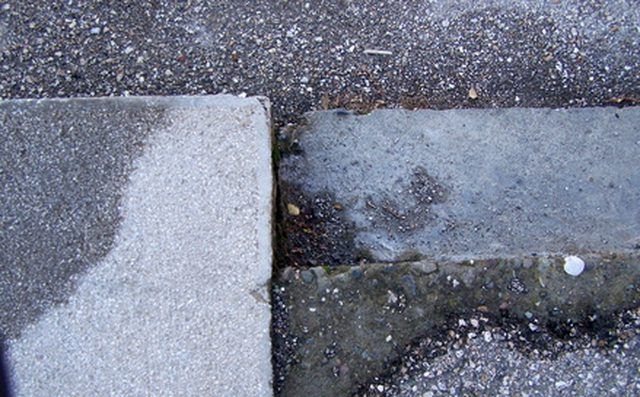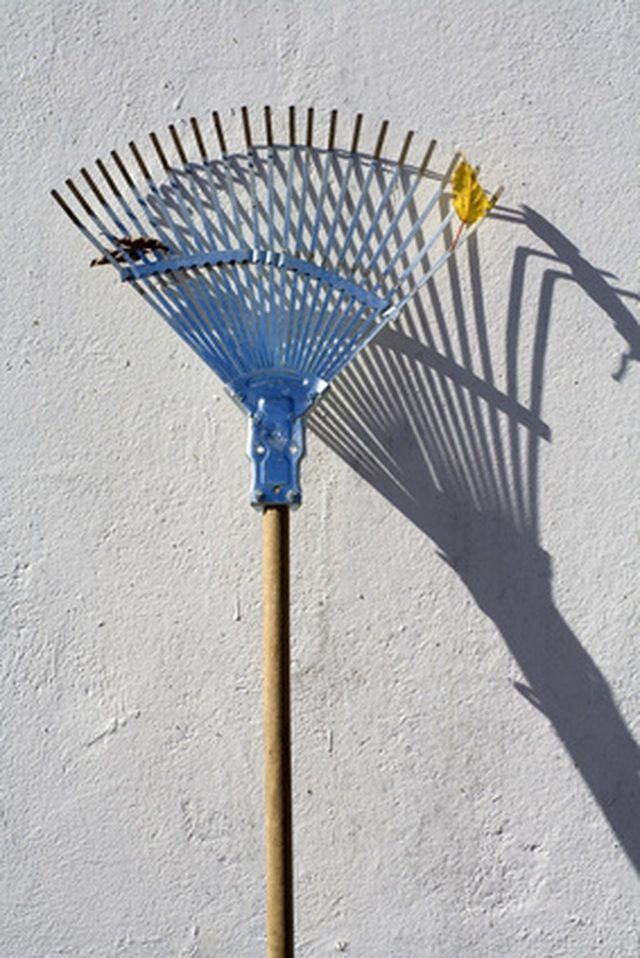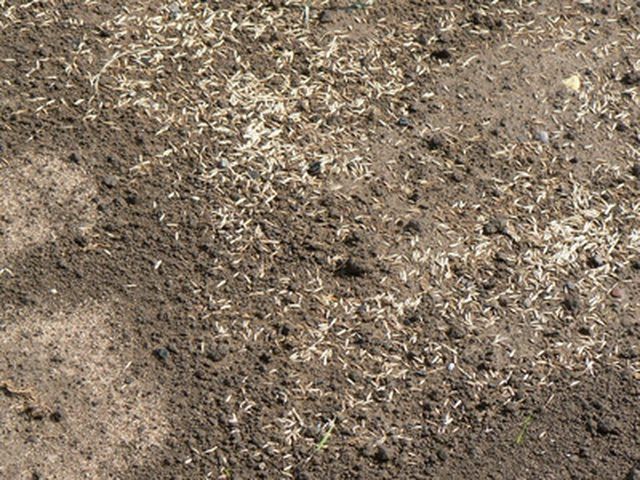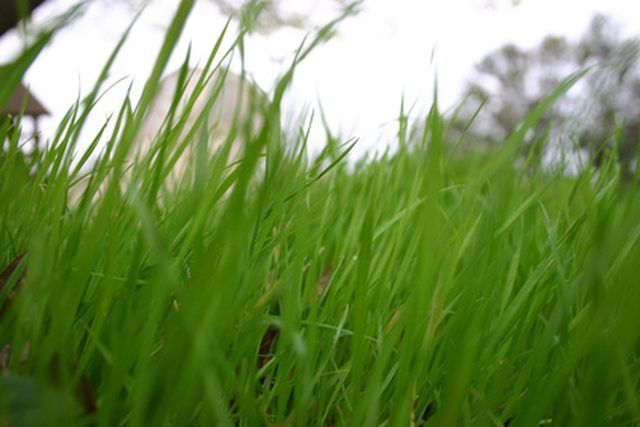Bulbs
Flower Basics
Flower Beds & Specialty Gardens
Flower Garden
Garden Furniture
Garden Gnomes
Garden Seeds
Garden Sheds
Garden Statues
Garden Tools & Supplies
Gardening Basics
Green & Organic
Groundcovers & Vines
Growing Annuals
Growing Basil
Growing Beans
Growing Berries
Growing Blueberries
Growing Cactus
Growing Corn
Growing Cotton
Growing Edibles
Growing Flowers
Growing Garlic
Growing Grapes
Growing Grass
Growing Herbs
Growing Jasmine
Growing Mint
Growing Mushrooms
Orchids
Growing Peanuts
Growing Perennials
Growing Plants
Growing Rosemary
Growing Roses
Growing Strawberries
Growing Sunflowers
Growing Thyme
Growing Tomatoes
Growing Tulips
Growing Vegetables
Herb Basics
Herb Garden
Indoor Growing
Landscaping Basics
Landscaping Patios
Landscaping Plants
Landscaping Shrubs
Landscaping Trees
Landscaping Walks & Pathways
Lawn Basics
Lawn Maintenance
Lawn Mowers
Lawn Ornaments
Lawn Planting
Lawn Tools
Outdoor Growing
Overall Landscape Planning
Pests, Weeds & Problems
Plant Basics
Rock Garden
Rose Garden
Shrubs
Soil
Specialty Gardens
Trees
Vegetable Garden
Yard Maintenance
How to Grow Grass on Concrete
How to Grow Grass on Concrete. Concrete is no friend to grass, and growing grass on top of concrete has led to something of a debate among gardeners. If removing concrete is not an option, growing grass on concrete is feasible as long as there is proper drainage and enough topsoil. Successfully growing grass over concrete will lead to the concrete...

Concrete is no friend to grass, and growing grass on top of concrete has led to something of a debate among gardeners. If removing concrete is not an option, growing grass on concrete is feasible as long as there is proper drainage and enough topsoil. Successfully growing grass over concrete will lead to the concrete breaking down over time. It may take years, but it will happen. Simply make sure you have enough soil, fertilizer and seed---and upkeep of the area is an absolute must.
Things You'll Need
4 inches of topsoil, minimum
Fertilizer
Seed
Measuring stick or ruler
Inspect the area you wish to grow grass on for any loose concrete. Make sure there is a way for water to properly drain from the area. Rake loose concrete and dispose of it before putting down topsoil.

Apply topsoil to concrete area. Place at least 4 inches of topsoil over the concrete. Measure topsoil with a ruler or measuring stick to make sure you have the right amount.
Sprinkle fertilizer over the topsoil. Use either fertilizer from your local garden supply center or compost from your own compost pile. Mix well with topsoil. Follow with an application of grass seed. Grass seed known as "creeping red fescue" is considered one of the best grasses to grow on concrete as it can grow just about anywhere. You may also want to mix it with other types of grass seeds.

Maintain this area for a beautiful lawn.

Tips & Warnings
There are numerous grass seeds that claim to be the hardiest and will grow on any surface and plenty of online resources on such matters. Simply do the research and find out which grass seed will work best for you.
Attempting to grow grass on concrete in an area without proper drainage can kill the grass you are trying to grow. If drainage is an issue, you may want to consider breaking up the concrete before putting down any topsoil.